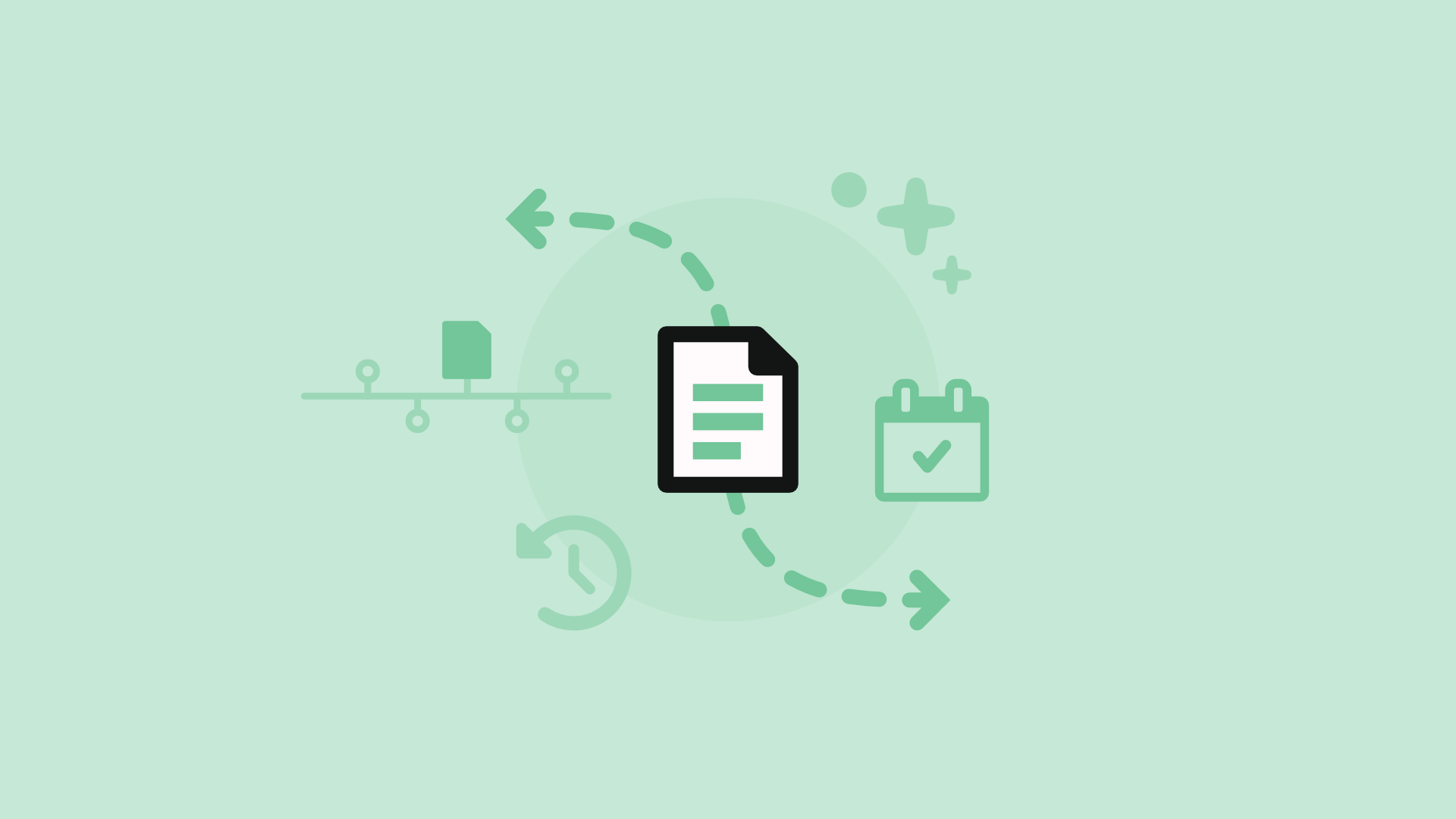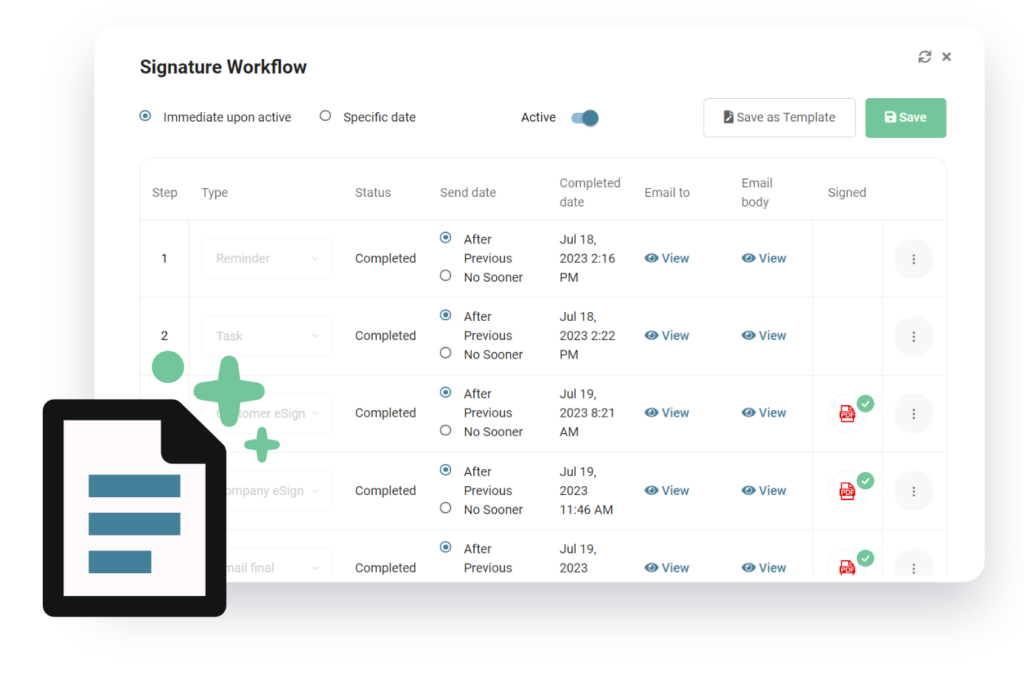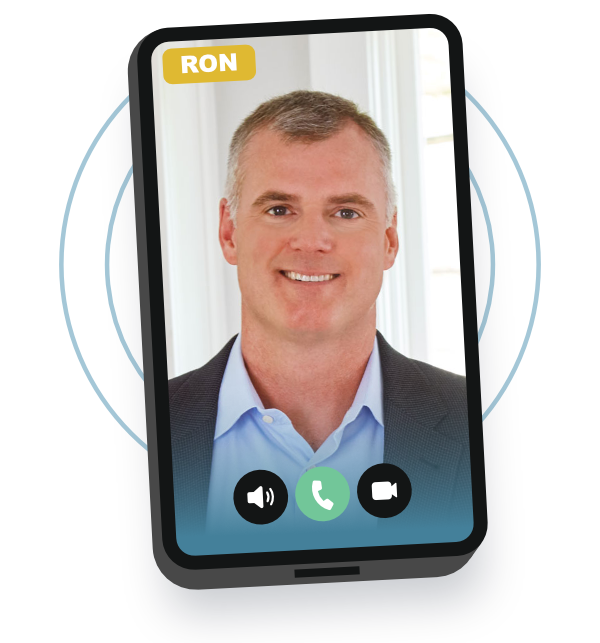


Small and midsized businesses deploying contract lifecycle management (CLM) software in 2024 can benefit from following contract lifecycle management best practices for planning and executing a CLM implementation.
Whether you have already chosen a contract lifecycle management product or not, it is important to understand which contract lifecycle management best practices can help support your company in a smooth and successful deployment of the technology. The good news is that setting up and implementing contract automation software is much simpler and requires less time to set up than other business applications such as CRM or financial systems like ERP. The following 10 contract lifecycle management best practices are categorized into the two groups of implementation planning and implementation execution:
1. Assemble a CLM implementation project team
2. Define the project objectives
3. Understand your current contract process
4. Visualize the best future state utilizing CLM
5. Choose and prepare the first contract to automate
6. Set up your contract template(s)
7. Set up your contract workflows
8. Test the implementation
9. Initiate a controlled rollout
10. Integrate necessary systems
As with any IT project, assembling the right team for the project is an important first step. The most important representative on this team is usually the CLM company’s professional services person assigned to help you. If you choose your CLM vendor wisely, this person will have the most extensive knowledge of anyone on your team and they will be able to keep you from common implementation pitfalls.
For small companies implementing a CLM solution, the team may consist of just one or two internal people, especially when the owner is involved. For midsized businesses, creating a cross-functional team to divide up decision-making responsibilities is recommended. You should include people from inside the company who know how contracts are handled now, have a stake in the areas that will be most affected by the CLM software implementation, and, of course, speak for the people who will actually be using the CLM tool.
See a live demo of CLM software built for small and midsized businesses.

As with any project, establishing well-defined, quantifiable objectives upfront is a good idea. You can use these later to determine how successful your new CLM implementation is.
We will not try and quantify KPI’s in this article, but the leading high-level business benefits of contract lifecycle management software are listed below. For more information on the details of how these benefits are achieved see the article “Contract automation: a guide for small and midsized businesses.”
CLM can, in fact, significantly improve company contract processes. But first, you will need to map out your current contract processes and have a comprehensive grasp of your contract-related use cases and workflows. With this knowledge, you will be more equipped to recognize the gaps and inefficiencies that you want to address with your CLM implementation.
Armed with the knowledge of your current contract process, you will be able to outline the future state and how CLM will help your business accomplish its CLM project objectives. Contract automation is often more about automating the steps of your current process as opposed to throwing that process out the window. Remember, there is a reason you do certain contract activities today and much of your contract process does not need to be completely reengineered, several steps just need to be automated.
One of the goals of a future process should be to eliminate involvement of legal or other subject matter experts who can be bottlenecks in the existing process. Good CLM software should allow you to capture the rules and tribal knowledge that previously only existed as “knowhow” of your more experienced employees. As you visualize the best future state for your company, you should keep in mind the powerful rule and logic capture functionality that is foundational to the most effective CLM solutions.
It is best to begin by implementing a single contract; however, make sure you choose the correct contract to start with. It is common for businesses to select either the least or most complex contract to implement first. We recommend determining which contract to automate first by considering a balance of document complexity, annual volume of that particular contract, the importance of getting the contract in the hands of the signatory quickly and accurately, and level of pain the contract is currently causing the business.
As a first step, make sure the base contract is exactly how you want it. If you have been meaning to have a lawyer look at the contract and make some updates, do that before you begin adding the contract to your CLM.
Whenever users create contracts with CLM, they start by answering a series of questions in a configuration user interface or similar wizard-type screens. The questions can be as basic as “What is the name of the company?” or more complex, like ten entries that, when added together, help determine the price listed in the contract being generated. Users are guided through the CLM configuration user interface questions in an extremely efficient way using rules stored behind the scenes. For example, rules can be utilized to determine whether or not a user is shown additional special pricing fields based on their response to the question “Does this contract include special pricing?”
The first step in adding a new contract template to CLM is to identify all the CLM configuration user interface questions and the rules that exist between them. Once these rules are identified, either the software vendor or your trained admin person can set up these fields and corresponding rules, typically using no-code admin screens within the CLM software.
A second type of knowledge capture in CLM products is document logic. Document logic is an important part of setting up contract templates and is used to dynamically convert users’ CLM configuration user interface selections/entries into accurately configured contract wording. An example of this logic would be adding a specific paragraph to the contract based on the user’s selection of California. The best CLM software takes this a step further by using nested document logic which has the capability to adjust a given sentence in the California-specific paragraph based on other parameters like the contract’s dollar value.
When contract lifecycle management best practices are diligently followed during implementation, the combination of CLM configuration user interace rules and document logic captured in CLM becomes a tremendous asset to the business. This asset can be used to automatically generate contracts for years to come and remove the bottleneck of requiring subject-matter expert involvement for each contract generated.

CLM software designed and priced for small and midsized businesses.
Once the CLM configuration user interface and document logic implementation work is completed for the first contract template, it is time to establish the contract-related workflows. A significant part of this work is setting up workflow templates that allow businesses to pre-establish and call up a series of contract workflow steps. When setting up workflow templates, it is important to think through the process and identify which tasks and reminders need to be sent prior to and after contracts are signed.
Testing is a crucial step in the implementation of a contract lifecycle management product. Testing ensures that the software is working as expected and it helps to identify any potential problems with the implementation before the CLM is deployed to users.
Besides finding software or implementation-related errors, your project team may uncover opportunities for further process improvements. If opportunities for improvement are discovered during testing, your team can alter the system configuration to improve the effectiveness of the overall CLM rollout.
For the initial go-live, deploy the CLM to a smaller user base. For example, if you intend to allow each salesperson to use the CLM software to create contracts and initiate contract-related workflows, you may choose to begin with a sales operations person as the initial user. This approach will help smooth out the process prior to rolling out the software to a larger audience while simultaneously developing an in-house expert who will be useful throughout the broader rollout.
Training is an essential component of contract lifecycle management best practices. On day one of the rollout, the project team may be quite knowledgeable, but for everyone else in your organization, this will be their first exposure to this tool. For this reason, it is critical to have a plan in place to train each employee who will be impacted by this new technology. Keep in mind that CLM implementations result in external users touching the software such as customers that are asked to use the electronic signature functionality. If your employees know how to use your CLM well, they will be able to answer any questions or concerns that customers may have.
If feasible, the initial rollout of the implementation should not include integration. Beginning with the CLM software in standalone mode enables you to gain a better understanding of the tool and determine whether or not integration with other business applications is required.
Companies can easily overemphasize the importance of needing system integration between CLM solutions and other business software. Most small and midsized businesses implementing contract lifecycle management software for the first time are moving from a manual contract process that is not integrated with any other system. Although there can be opportunities to integrate contract automation software with other systems, the benefits of doing so are not always worth the effort.
Choosing a CLM company and product such as AI Docs and following these contract lifecycle management best practices will help you gain control of your contracts, save labor, reduce errors and increase revenue.

Select a date and time on Ron’s calendar that works best for you to discuss anything you’d like about CLM best practices or the AI Docs CLM software.
AI Docs, Inc. is a veteran-owned software company based in Oak Brook, IL, a suburb of Chicago. Our AI Docs contract automation software empowers small and midsized businesses to efficiently create, execute and manage their contracts with simple rules. AI Docs guides your less contract-savvy users such as salespeople to generate contracts faster and error-free. The software also provides a frictionless native electronic signature process and easy access to your contracts and supporting data in a secure cloud environment at Amazon Web Services (AWS).
Although the AI Docs product is amazing technology, our company’s commitment to customers is even more exceptional. At AI Docs, Inc. we strive to be the most accommodating software company you work with.